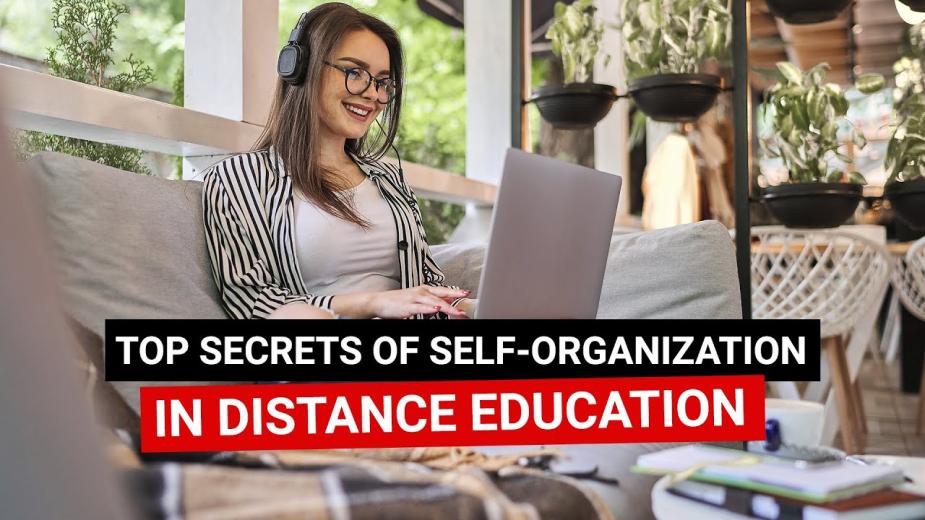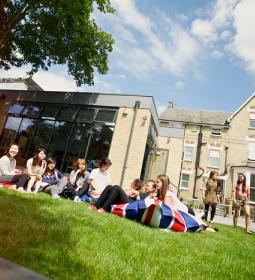Online courses have changed the whole picture of education in recent years. What used to seem like something exotic — lectures through a laptop screen, studying at home in pajamas with a mug of coffee — has now become commonplace. The formats have changed, the opportunities have expanded, and now, in order to get a new profession or master a sputable skill, it is not necessary to go to another city or adapt to the strict schedule of the university: everything is available here and now, a stable Internet connection and desire are enough.
But at the same time, it became clear that it would not be possible to completely oust offline education from our lives. It's not just about weak Wi-Fi or an outdated laptop, it's much deeper — it's about the learning process itself and its "live" components, which, no matter how hard you try, are difficult to convey through the screen.

Why online does not replace offline 100%
When the world urgently switched to remote work during the pandemic, it seemed that this is the future! Study from anywhere, schedule for yourself, no traffic jams and stuffy classrooms... And it really worked: thousands of people mastered new professions, received diplomas and improved their skills without leaving home.
But as time passed, it turned out that not everything was so rosy. For some, online has become a salvation, and for others it has become a real test. The reasons are on the surface:
- Firstly, not all tasks are equally convenient to solve through the screen. Read the theory, take tests, send homework – but laboratory work, team projects or live discussions require physical presence, in some professions you simply cannot do without it.
- Secondly, for many, online is a constant stress. Cameras, microphones, the feeling that you are being watched, the lack of a familiar desktop and the atmosphere of the audience - all this greatly interferes with concentration.
- One more important thing: online learning is based on self-organization. You need to be able to plan your day, allocate time for classes, and control deadlines. If earlier everything happened according to a rigid schedule, with breaks and calls to classes, now no one controls you. Not everyone is ready for this.
What tasks offline still solves better
Even the most technologically advanced educational companies sooner or later came to the same conclusion: it will not be possible to completely abandon offline. And not because it's a pity to part with the usual, but because there are things that simply don't work online.
- For example, concentration. It's much easier to concentrate in a classroom, library, or coworking space: no one distracts, notifications don't flash, and the refrigerator doesn't call for another snack. All attention is paid to the lesson.
- Plus live communication. When you can approach the teacher after class, ask a question, discuss the topic with fellow students, this is a completely different level of involvement. Such dialogues often give rise to ideas, inspire projects and help to make useful acquaintances.
- Also there is the space itself. The physical place where people come to study works for the individual. It's like going to the gym: you can buy dumbbells at home, but they will probably lie in the corner, and in the gym you will definitely work out, because the place obliges. The same is with education: space forms the mood.

Why hybrid is the future
Today, it is more and more clear: what is in demand is not pure online or classic offline, but a competent combination of two formats. Lectures, webinars, simulators can remain online — it is convenient to watch them at your own pace, but for communication, collaboration, and discussions, live meetings are needed.
Moreover, these do not have to be universities with complex infrastructure! More and more often, there are universal spaces where a person can come to work on a project, listen to a lecture, meet like-minded people: these can be modern libraries, cozy coffee shops, or colorning centers — places where people with similar interests and goals meet.
EdTech companies have already begun to think about creating such points of attraction. Even if a person studies online most of the time, the opportunity to come to a space where others are also busy with something helps a lot to stay in good shape, not to fall out of the process and to feel involved.
Why offline spaces are more important than they seem
History shows well that live interaction is the basis of development. Remember the Renaissance: the workshops of artists, craftsmen, architects, where people not only worked, but also learned from each other, discussed ideas, and were inspired by other people's works. This is how great things were born.
Now that online has divided us by screens, it has become especially noticeable how much this live exchange is missing. Yes, digital courses have made learning accessible, but they have also taken away the atmosphere of involvement. It is this that creates the feeling that you are not just consuming knowledge, but becoming part of something bigger.
To return this, physical spaces are needed. Let these not be huge university campuses, but small, cozy places where everyone can come to listen, communicate, and discuss. Such spaces unite, inspire, and make you feel part of a living process.

As a result
Online education has become much more accessible in recent years, opening the way to knowledge for people from all over the world. But practice has shown that you can't go anywhere without offline. Live communication, the ability to discuss and work together, physical space are still important.
The future belongs to a hybrid format, when digital courses provide access to theory and tools, and live spaces become a place for communication, discussions, and projects. Those who are developing educational projects today should think not only about content and platforms, but also about such places, because they make education not only convenient, but also truly engaging.













